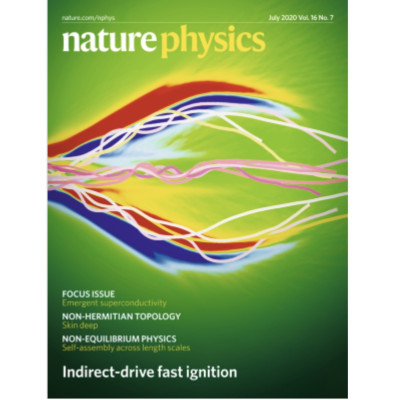Publication
Universal scaling laws rule explosive growth in human cancers
V.M. Pérez-García, G.F. Calvo, J.J. Bosque, O. León-Triana, J. Jiménez-Sánchez, J. Pérez-Beteta, J. Belmonte-Beitia, M. Valiente, L. Zhu, P. García-Gómez, P. Sánchez-Gómez, E. Hernández, R. Hortigüela, Y. Azimzade, D. Molina-García, A.Martínez-Rubio, A. Acosta, A. Ortiz de Mendivil, F. Vallette, P. Schucht, M. Murek, M.Pérez-Cano, D.Albillo, AF Honguero, G.A. Jiménez, E. Arana, AM García-Vicente
Nature Physics 16, 1232-1237 (2020)
MOLAB authors
Belmonte Beitia, Juan. Pérez García, Victor M.. Pérez García, Victor M.. Fernández Calvo, Gabriel. Molina García, David. Molina García, David. Pérez Beteta, Julián. Pérez Beteta, Julián. Bosque Martínez, Jesús. Jiménez Sánchez, Juan. Jiménez Sánchez, Juan. León Triana, Odelaisy. León Triana, Odelaisy. Albillo Labarra, José David. Arana Fernández de Moya, Estanislao. Schucht, Philippe. Schucht, Philippe. García Vicente, Ana M.. García Vicente, Ana M..
Abstract
Most physical and other natural systems are complex entities that are composed of a large number of interacting individual ele- ments. It is a surprising fact that they often obey the so-called scaling laws that relate an observable quantity to a measure of the size of the system. Here, we describe the discovery of universal superlinear metabolic scaling laws in human cancers. This dependence underpins increasing tumour aggressiveness, owing to evolutionary dynamics, that leads to an explosive growth as the disease progresses. We validated this dynamic using longitudinal volumetric data of different histologies from large cohorts of patients with cancer. To explain our observations we tested complex, biologically inspired mathematical models that describe the key processes that govern tumour growth. Our models predict that the emergence of superlinear allometric scaling laws is an inherently three-dimensional phenomenon. Moreover, the scaling laws that we identified allowed us to define a set of metabolic metrics with prognostic value, which adds clinical utility to our findings.















